

With the development of satellite miniaturization technology and remote sensing technology, the rapid deployment and application of microsatellite constellations is an inevitable trend. Due to the limitations of size, weight, and power (SWaP), onboard storage systems with high scalability, high performance, and high reliability remain one of the technical bottlenecks for remote sensing microsatellites. Based on commercial off-the-shelf (COTS) field-programmable gate arrays (FPGAs) and memory devices, this paper proposes a compact Spaceborne Advanced Storage System (SASS) design. This design provides multi-input multi-output caching technology based on dynamic programming scheduling and queue scheduling for multi-channel payload data of microsatellites, along with a high-speed, highly reliable NAND flash controller. Experimental results show that SASS has excellent scalability, supports multi-channel data scheduling and storage, and is compatible with different types of remote sensing satellites. Its maximum data writing speed can reach 2429 Mb/s, and in the event of a single NAND flash failure, the data writing speed can still retain at least 78.53%. The dynamic programming scheduling and queue scheduling effectively shorten the data scheduling time and improve the real-time performance of data scheduling. The proposed data remapping method reduces NAND flash data residency errors by at least 50.73%, and the storage bit error rate is reduced by at least 37.80%.
Microsatellites;Onboard Advanced Storage System;Scalability;Performance;Reliability
|
Shilei TU1,2,Huiquan WANG1,2,Yue HUANG1,2,Zhonghe JIN1,2
Affiliations:
1Zhejiang University Microsatellite Research Center, Hangzhou, China, 310027
2Zhejiang Provincial Key Laboratory of Micro-Nano Satellites, Hangzhou, China, 310027
Citation Format:
Shilei TU, Huiquan WANG, Yue HUANG, Zhonghe JIN, 2024. A spaceborne advanced storage system for remote sensing microsatellites. Frontiers of Information Technology & Electronic Engineering, 25(4):600-615.
https://doi.org/10.1631/FITEE.2200445
|

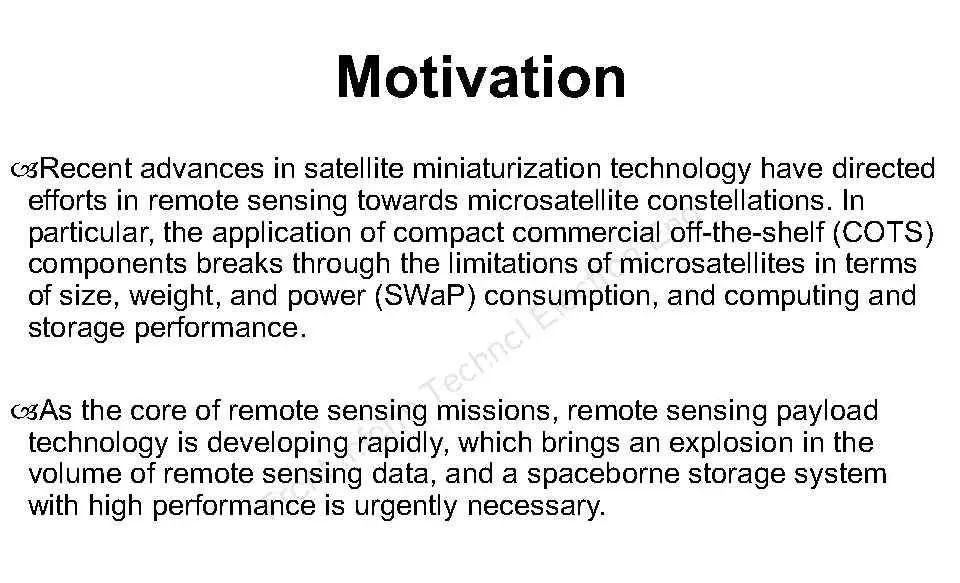
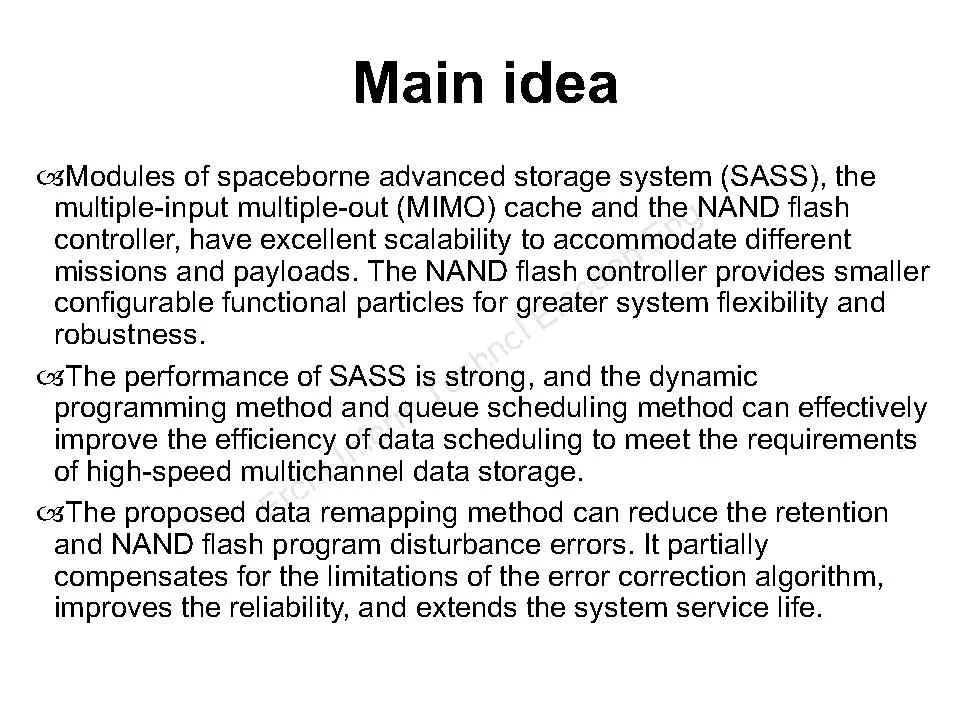
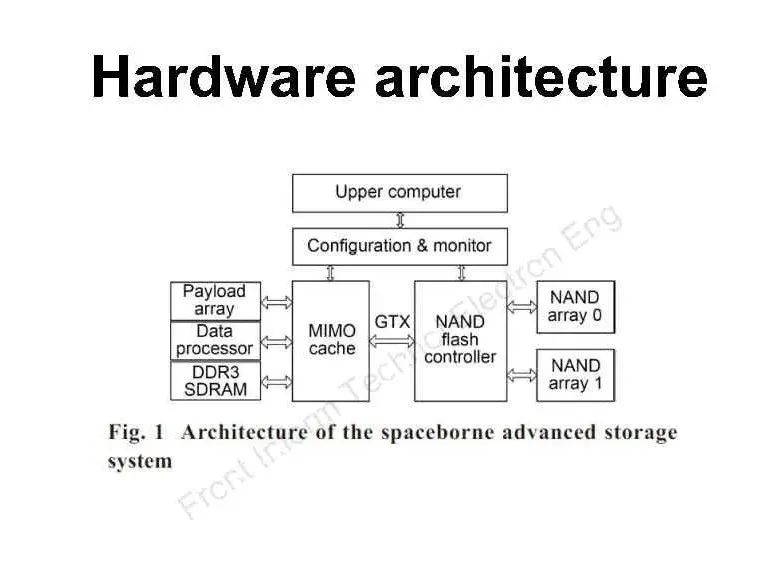
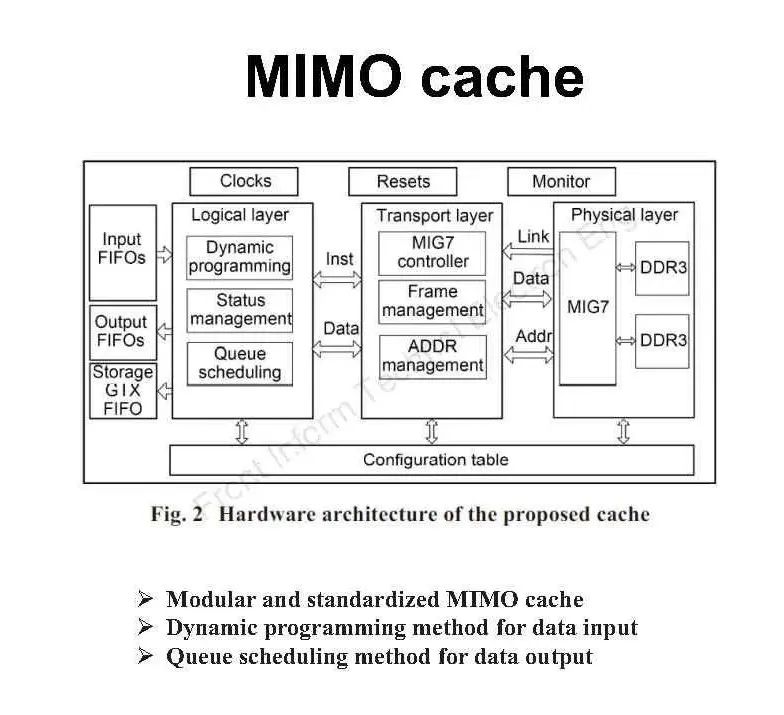
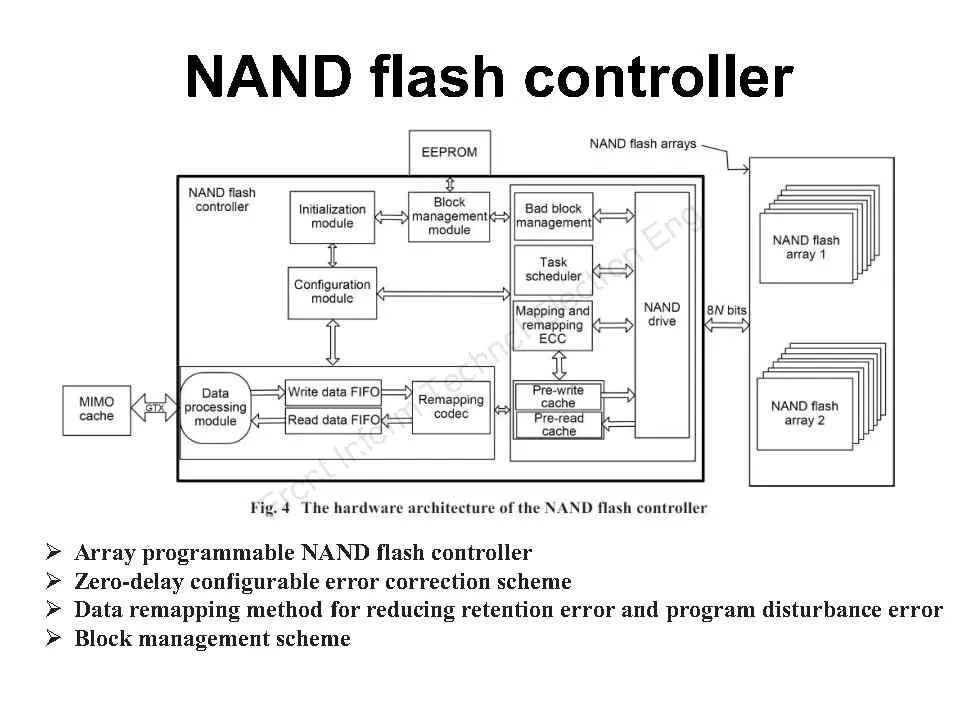
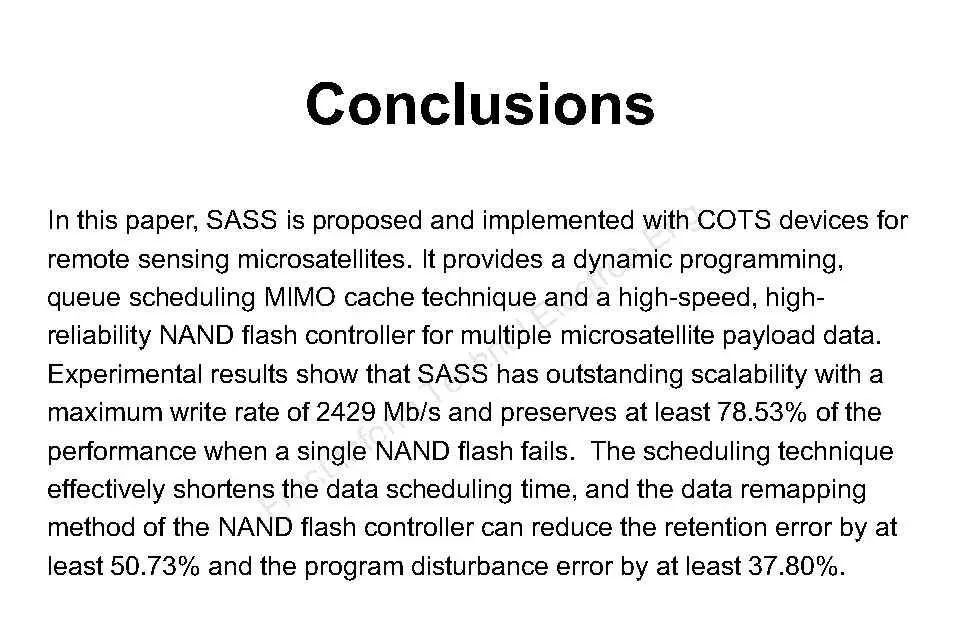

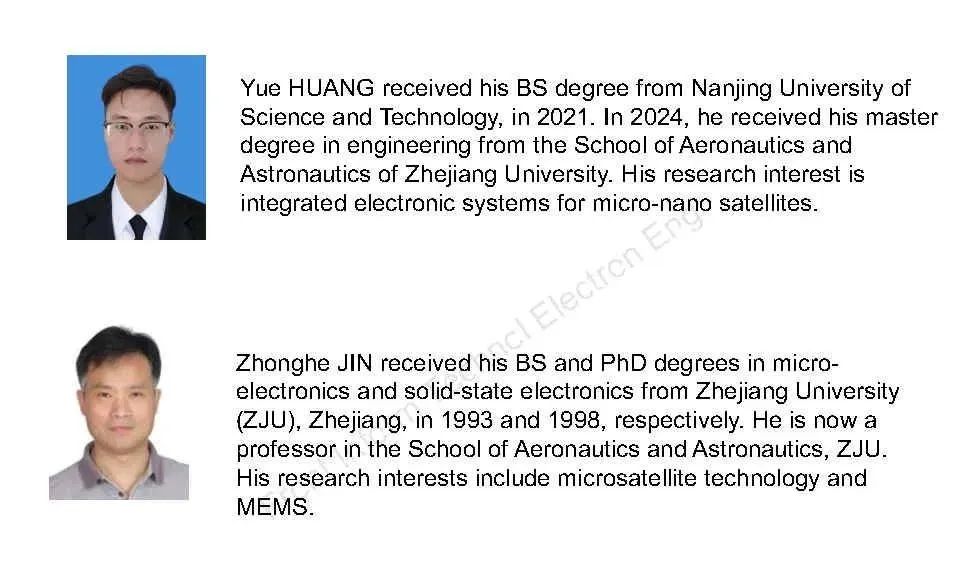
Scan the QR code below to read the full text:
1. Academician Pan Yunhe | On Visual Knowledge
2. Academician Pan Yunhe | Five Fundamental Questions of Visual Knowledge
3. Academician Pan Yunhe | On Visual Understanding
4. Ma Yi, Shen Xiangyang et al. | On the Principles of Simplicity and Coherence in Intelligent Origins
5. Academician Duan Baoyan | Introduction to the Evolution and Innovation of 5G and 6G Antenna System Technology
6. Academician Zhang Ping, Professor Peng Mugeng et al. | Introduction to the Theory and Technology of Intelligent Simplified Wireless Networks
7. Academician Wu Jiangxing’s Team | Discussion on New Paradigms of Inherent Security in 6G Networks
8. Zhejiang University’s Yang Yi, Zhuang Yueting et al. | Multiple Knowledge Representation under Big Data AI: Framework, Applications, and Case Studies
9. National University of Defense Technology’s Su Jinshu, Zhao Baokang et al. | Development Trends of Network Technology in Large-Scale Efficient Network Computing
10. Institute of Automation, Chinese Academy of Sciences, Ye Peijun, Wang Feiyue et al. | Parallel Cognition: Hybrid Intelligence for Human-Computer Interaction and Management
11. Wang Feiyue from the Chinese Academy of Sciences, Zhang Jun from Wuhan University et al. | Knowledge Automation and Hybrid Enhanced Intelligence of Human-Computer Trust: Cognitive Control Mechanisms of Complex Systems and Their Applications
12. Southwest University Liu Zhimin, National University of Defense Technology Wang Ji | Human-Machine-Thing Integration System: Concepts, Challenges, and Research Opportunities
13. Northwestern Polytechnical University Hu Jinwen et al. | Research on Obstacle Detection of Intelligent Vehicles in Outdoor Environments Based on Multi-Sensor Fusion
14. Beijing University of Posts and Telecommunications Zhang Jianhua et al. | Channel Measurement and Modeling for 6G: Current Status and Prospects
15. National University of Defense Technology Wang Haonan, Li Dongsheng et al. | Overview of Deep Reinforcement Learning
16. Electronic Science and Technology University Niu Zhongqian, Zhang Bo et al. | Mechanical Reliability Study of 3-dB Branch Waveguide Directional Couplers in the Submillimeter and Terahertz Bands
17. Southeast University Lu Jianquan et al. | Bifurcated Asynchronous Pulse Tracking Consistency in Multi-Agent Systems
18. National University of Defense Technology Da Kai, Northwestern Polytechnical University Li Tiancheng et al. | Research Progress on Multi-Sensor Multi-Target Tracking Based on Random Finite Sets
19. Lanzhou University of Technology Xie Ying, Ma Jun et al. | Phase Synchronization and Energy Balance Between Neurons
20. University of Illinois Zhang Kaiqing et al. | Progress on Decentralized Multi-Agent Reinforcement Learning with Networked Agents
21. Branislav REHÁK et al. | Leader-Follower Synchronization of Multi-Agent Systems with Heterogeneous Delays
22. Huazhong University of Science and Technology Xiao Renbin et al. | Role Division Firefly Algorithm for Complex Optimization Scheduling
23. Southeast University Wen Guanghui et al. | Research Progress on Distributed Economic Scheduling in Smart Grids: A Review
24. Zhejiang University’s Bu Mingxuan, Pi Xiaodong et al. | Semiconductor Nanocrystal-Based Synaptic Devices
25. Peking University Yu Junzhi et al. | Underwater Garbage Cleaning Robot Vision Detection Algorithm Based on Improved YOLOv4
26. Fudan University Zhou Jie, Zhang Junping et al. | ChatGPT: Potential, Prospects, and Limitations
27. Beijing University of Posts and Telecommunications Zhang Ping, Xu Xiaodong, Dong Chen, Niu Kai et al. | Modulated Division Multiple Access Technology for Semantic Communication
28. Shenyang Institute of Automation, Chinese Academy of Sciences Xu Chi, Yu Haibin et al. | Industrial Wireless Network Edge Resource Allocation Based on Multi-Agent Deep Reinforcement Learning
29. China Academy of Space Technology Wang Yuying, Li Jindong et al. | Progress in Space Applications of Medium-Long Wave Infrared Detection Technology
30. Huazhong University of Science and Technology Xiao Renbin: Four Development Stages of Collective Intelligence
Latest Impact Factor 3.0, Q2 Zone, Comprehensive Journal of Information Electronics | FITEE Call for Papers!
The Chinese Association for Science and Technology released the “High-Quality Science and Technology Journal Classification Directory”, and FITEE was selected for the T1 directory in the field of information communication!
The first academic frontier forum in the field of information and electronic engineering was successfully held, led by Academician Duan Baoyan
In 2021, the latest impact factor was announced, and FITEE broke through 2.0 for the first time
FITEE’s impact factor increased by 55%, entering the Q2 zone for the first time
FITEE released the first list of outstanding papers/topics and distinguished editorial board/communication experts!
FITEE editorial board, article list (2019.1~2021.8)
FITEE communication expert article list (2019.1~2021.8)
Focusing on advanced integrated circuit technology and industrial innovation, the “Chinese Academy of Engineering Information and Electronic Engineering Frontier Forum” successfully held its 5th session!
The Chinese Academy of Engineering released the 10+10 global engineering frontiers in the field of information electronics
FITEE WeChat launched a new feature, allowing users to read each issue’s bilingual abstract and full text without downloading the PDF
Frontiers of Information Technology & Electronic Engineering (abbreviated as FITEE, ISSN 2095-9184, CN 33-1389/TP) is a comprehensive English academic monthly journal in the field of information electronics, indexed by SCI-E and EI,
with the latest impact factor of 3.0, positioned in the JCR Q2 zone. It was formerly known as the English version of the Journal of Zhejiang University C: Computer and Electronics, established in 2010, and was renamed in 2015. It is now a sub-journal of the Chinese Academy of Engineering in the field of information and electronic engineering, covering computer, information and communication, control, electronics, optics, and other fields. Article types include research papers, reviews, personal viewpoints, and commentaries. The current editor-in-chief is Academician Pan Yunhe and Fei Aiguo. The journal implements an international peer review system, and initial feedback is generally provided within 2-3 months. Once accepted, articles will be published online quickly.
In 2019, it was funded by the Chinese Association for Science and Technology and seven ministries as part of the “Excellent Action Plan for Chinese Science and Technology Journals” (Tiered Journals). From 2021 to 2022, it was successively selected as a high-quality scientific and technological journal classification directory in the fields of information communication (organized by the China Communications Society) and computing (organized by the China Computer Society), both listed at the highest T1 level; it was also included in the directory of international academic conferences and journals recommended by the China Computer Society – 2022 (cross-sectional/comprehensive/emerging).
Official website:http://www.fitee.zjujournals.com
Journal Springer homepage:
http://www.springer.com/computer/journal/11714
Submission:http://www.editorialmanager.com/zusc
Postal code: 32-324
Address: 148 Tianmushan Road, Xihu District, Hangzhou, Zhejiang Province
Phone: +86-571-88273162
Email: [email protected]
To facilitate communication and discussion among researchers, we have established the following discipline WeChat groups. Users who need to join the group can add the editor’s personal WeChat account fitee_xb and leave a message indicating their institution and the group they wish to join. The editor will add you to the group. Marketing personnel, please do not disturb.
|
Computer Science and Technology Group
|
Optical Engineering and Technology Group
|
|
Control Science and Technology Group
|
Information and Communication Group
|
|
Electronics Discussion Group
|
Artificial Intelligence Group
|











